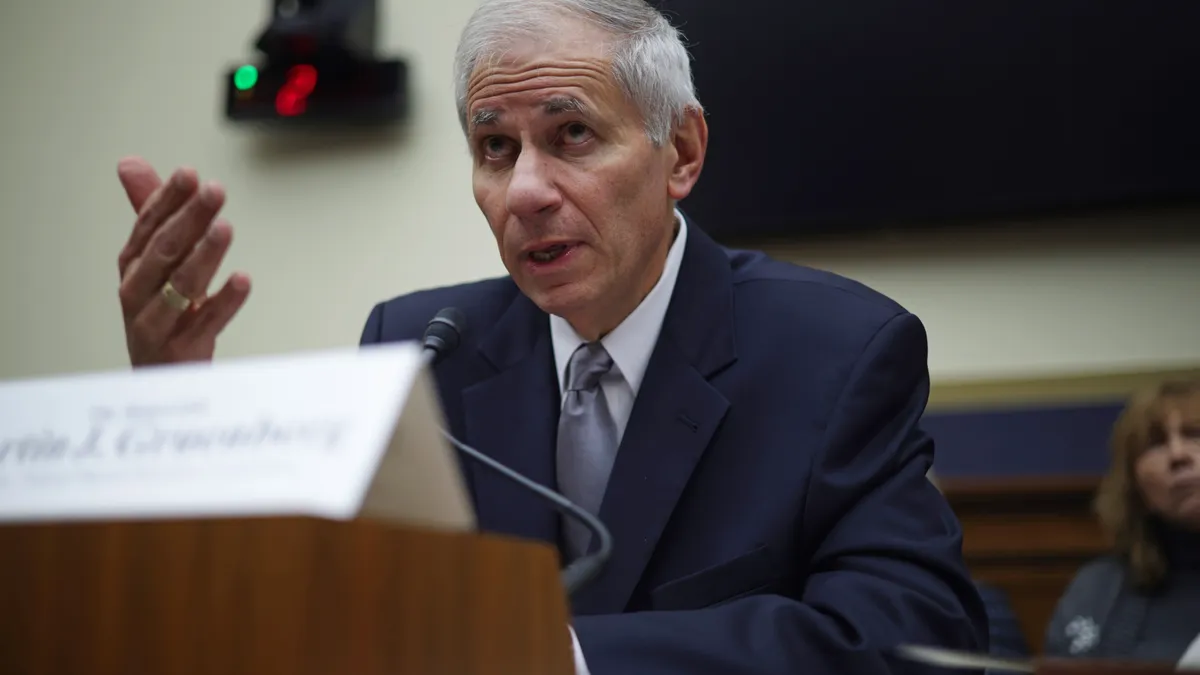Strategic AI Adoption: From Tedium to High-Value Work
In community banking, where leaner staffing models and tight margins rule the day, long hours spent preparing reports, generating customer insights, and wrestling with back-office workflows has historically been considered just part of the job. But that may soon change.
According to Bank Director, a growing number of community banks are exploring AI-driven tools to relieve frontline staff and junior officers of repetitive, time-intensive work. This aligns with broader trends where AI and automation are revolutionizing the banking industry, from efficiency gains to enhanced data utilization. The goal isn’t just to trim overhead—it’s to reallocate human capital toward client-facing, revenue-generating, and compliance-sensitive tasks that require distinctly human judgment.
As American Banker recently reported, 2025 could mark a turning point: not a wholesale automation revolution, but a strategic redeployment of tech to make the most of every staff hour—especially in institutions where resources are limited and every hire counts. This transformation is increasingly driven by sophisticated AI systems capable of performing tasks autonomously, impacting everything from customer service to back-office operations.
Community Bank AI Strategies and Talent Acquisition
Community banks may not have the billion-dollar innovation budgets of Wall Street giants, but they are entering the AI race in their own way—often through partnerships and third-party integrations rather than internal development teams.
As noted by BAI, regional institutions such as Texas-based FirstBank, Pennsylvania’s Customers Bank, and Georgia’s United Community Bank have increased hiring of tech-forward talent and formed alliances with fintech vendors to enhance data analytics, automate credit decisioning, and improve onboarding flows.
A recent CSI-aligned survey found that 33 percent of community bankers ranked AI the top tech trend for 2025, with 17 percent highlighting real-time fraud detection as a key focus area. Separately, a Mastercard/Fintech Nexus survey showed that 63 percent of institutions prioritized AI investments for bank fraud prevention efforts. In addition, the ABA 2025 CEO survey revealed that 65 percent of community banks plan to deploy new tech to reduce operating expenses—an AI-driven objective in many institutions.
In many cases, these banks aren’t building AI themselves—they’re vetting providers like Kasisto, Zest AI, and Upstart to plug into legacy systems with minimal disruption.
Virtual Assistants Behind the Teller Line
AI tools aren’t theoretical anymore—they’re showing up in branches and back offices across the country.
Missouri’s Southern Bank has piloted a generative AI tool to automate suspicious activity report (SAR) preparation, significantly speeding up SAR workflows so compliance officers can focus on investigations rather than manual drafting. As explained in ACAMS Today, AI platforms can help eliminate the traditional 30/30/30 reporting cycle by generating narrative-ready SARs almost instantly.
Meanwhile, several regional banks have deployed AI-powered customer service automation that dramatically reduces response times—by around 40 percent—for routine inquiries. Many banks now rely heavily on chatbots to manage these tasks. As reported by Nashville NBC affiliate WSMV, roughly 4 in 10 Americans already interact with banking chatbots for basic services, and the shift has measurably cut human-handled ticket volume.
In other smaller banks, chatbots and AI are being used to handle routine customer questions, while loan decisioning automation is accelerating approvals—even at institutions like Five Star Bank, according to firms like S&P Global Market Intelligence, which highlight how regional banks are piloting AI-backed auto-lending.
These aren’t flashy, Wall Street–style innovations—but they are quietly eliminating hundreds of hours of manual labor each month across compliance and customer service functions.
AI’s Impact on Junior Staff Development
While AI may eliminate repetitive tasks, community banking leaders warn it risks undercutting essential, hands‑on development opportunities for junior staff—work that forms the backbone of professional maturity and local intuition.
As noted in recent Financial Times coverage of broader industries (including legal and finance), generative AI and hybrid work structures threaten time-tested apprenticeship dynamics. Repetitive tasks (manual loan file assembly, branch report preparation, or customer variance reconciliations) aren’t just chores. They function as training grounds. When new team members skip that “grind,” they may miss out on the ambient learning that develops critical thinking, error detection, and the subtle judgment refined only through repeated, real-world practice.
AI may shorten the learning curve on the technical side, but the intuition and relationships that define community banking still require human touch and time.
Will AI Shrink Community Bank Teams?
The efficiency AI delivers raises tough questions: If tools can do more, do banks need fewer people?
A McKinsey & Co. report projects that 20–30 percent of banking work could be automated by 2030, with back-office operations among the most affected. And while large institutions may redeploy staff across sprawling departments, community banks don’t always have that luxury.
Yet according to a Cornerstone Advisors study, many community bank employees welcome the change. They’re eager to offload tedious reconciliation tasks and report generation, focusing instead on business development, relationship management, and strategic planning.
The upshot: AI won’t necessarily cause job losses—it may reshape what the job is, a trend that continuously sparks the question, is AI coming for your banking job?
Upskilling Community Bankers for the AI Era
So how can community banks ensure that their teams are ready for this next chapter?
In its 2024 AI in Financial Services report, Deloitte emphasizes: “Technology alone won’t drive AI success; it requires people, culture, and organizational readiness. Financial institutions that invest equally in workforce training, change management, and governance will unlock the greatest value from AI.”
This governance is particularly vital by many forward-thinking bank leaders given the emerging discussions around AI security and ethical deployment in banking. Several banks are now integrating AI literacy into new hire onboarding and continuing education. According to BAI, nearly 30 percent of banks are incorporating prompt engineering, chatbot customization, and AI data validation into 2025 training modules.
From tellers to credit analysts, understanding how AI supports banking functions, rather than replacing them, is becoming a baseline skill. This includes navigating the tools responsibly to maintain client trust and staying authentic with AI in communications, especially given the rise of AI-generated content.
Amplifying Human Potential with AI in Banking
For community banks, 2025 won’t be about matching a powerhouse machine-learning spend or building the next ChatGPT clone. It will be about smart adaptation—integrating the right tools to extend the power of small teams and deepen community connections.
The real opportunity isn’t replacing people. It’s amplifying them.


















